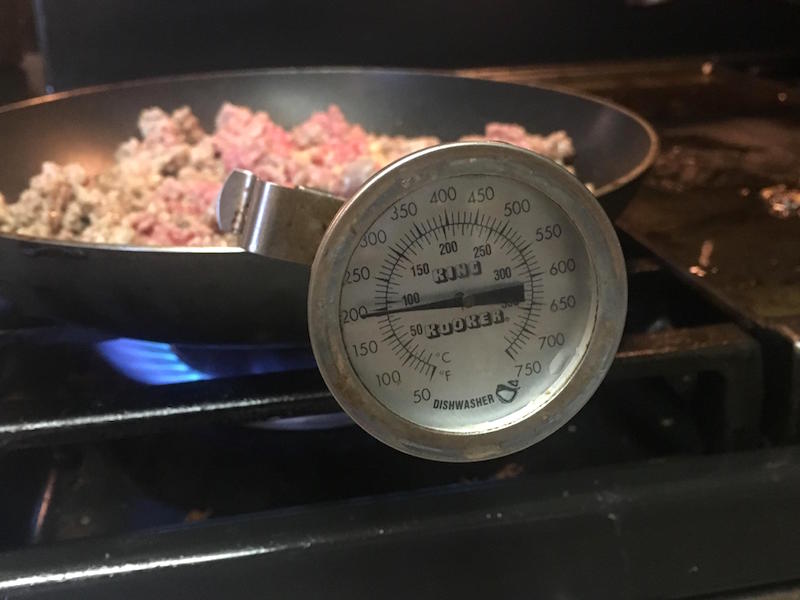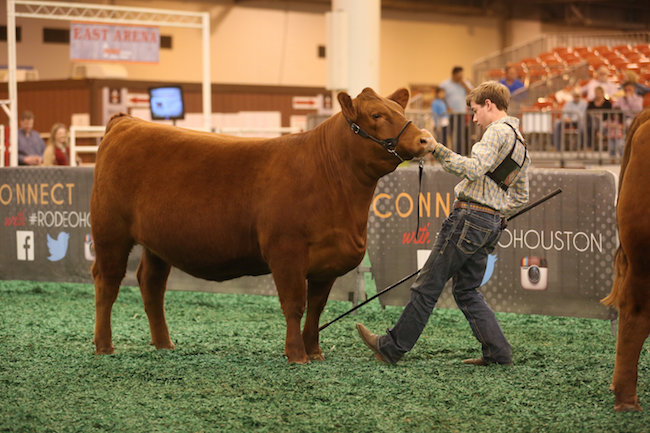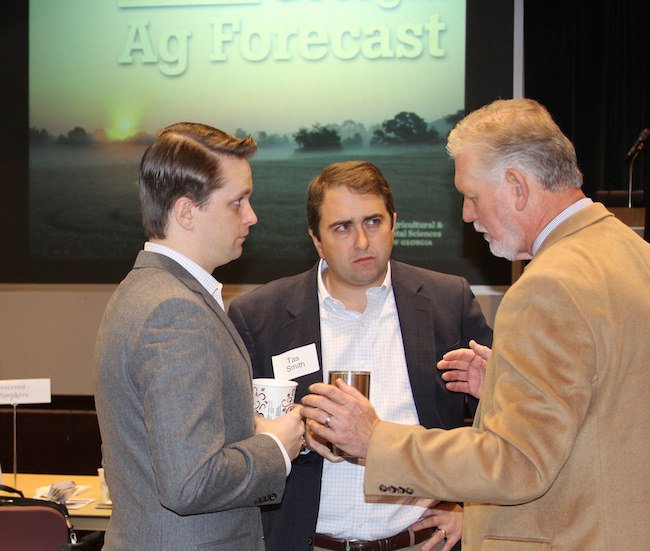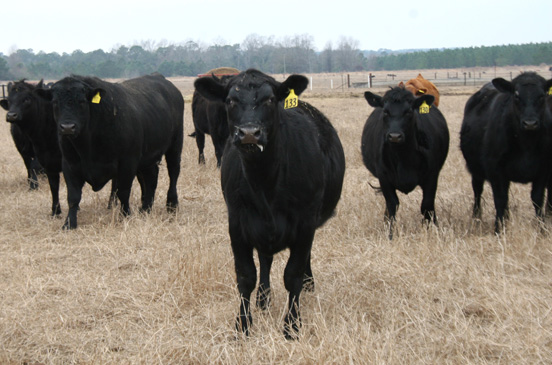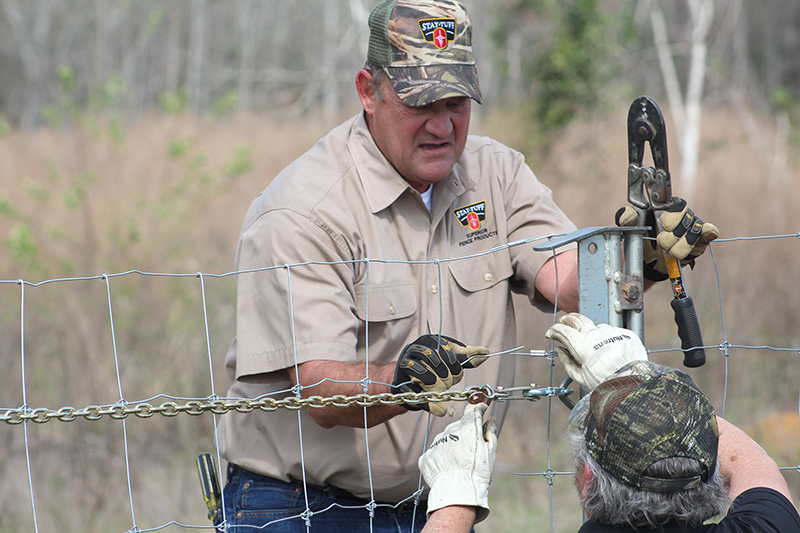 CAES News
CAES News
Fencing Field Day
The University of Georgia Forage Team updated the grazing paddocks on the university’s Black Shank Farm in Tifton, Georgia. In an effort to share the most up-to-date containment options available, the team hosted a Fencing Field Day.


